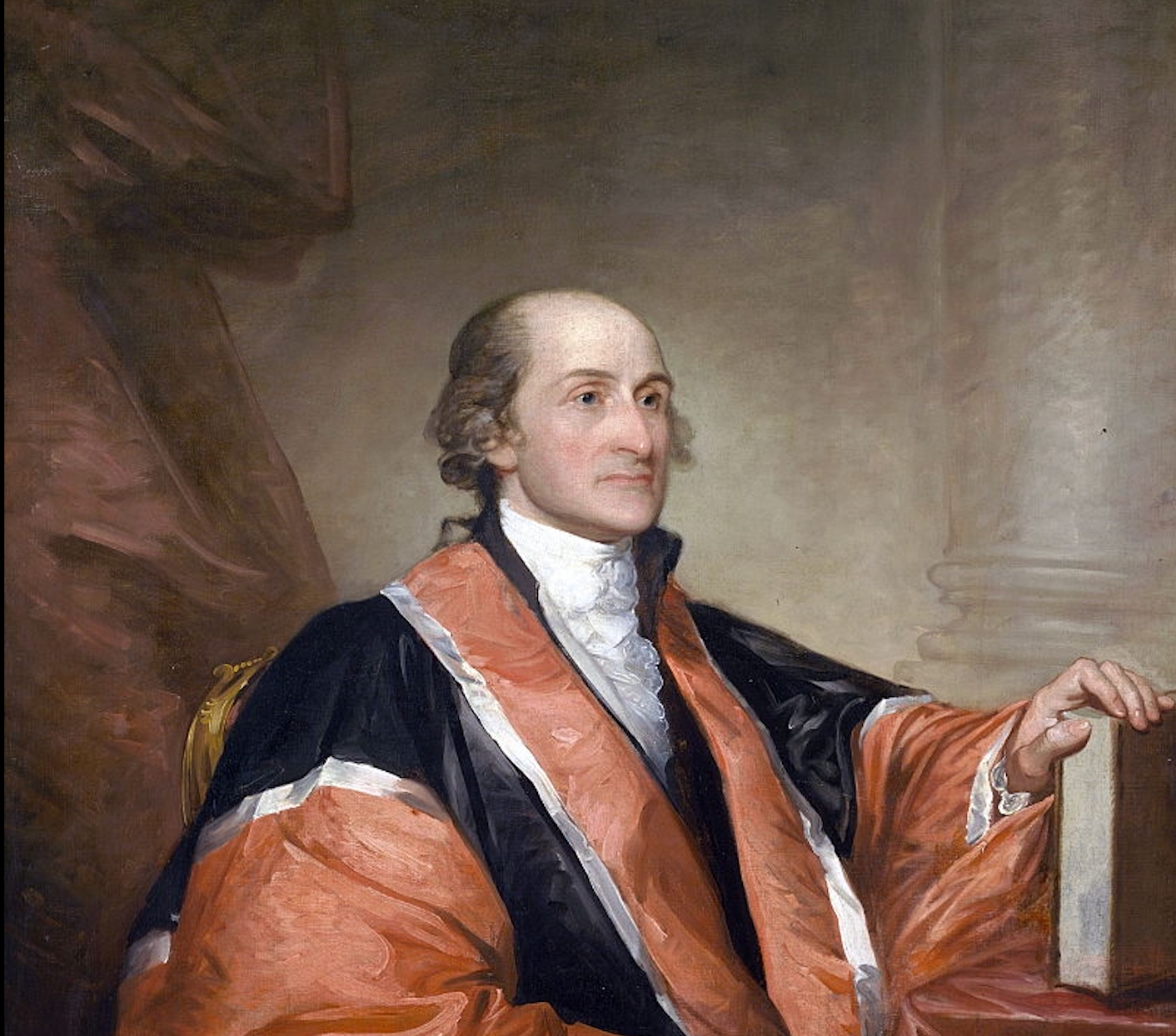On this historic day, July 9, 1828, the renowned artist Gilbert Stuart, known for his portrayals of key figures in American history, passed away. The official website of George Washington’s Mount Vernon acknowledges Stuart’s unique portrait style, which has shaped modern Americans’ perception of the Founding Fathers and other influential individuals from our nation’s early years. One of Stuart’s most iconic works, the Athenaeum portrait of George Washington, serves as the basis for the depiction of the first president on the one-dollar bill.
Gilbert Stuart was born on December 3, 1755, in Kingstown, Rhode Island, to Gilbert Stuart Sr. and Elizabeth Anthony. His father, a Scottish millwright, moved to New England to establish a snuff mill. Stuart spent his early childhood in the mill house until his family relocated to Newport, Rhode Island, after his father’s business failed. It was in Newport that Stuart developed a passion for music and drawing.
Under the tutelage of Scottish portraitist Cosmo Alexander, Stuart received his initial training in painting. In 1771, Stuart accompanied Alexander to Scotland but returned home upon Alexander’s death. In 1775, just before the outbreak of the American Revolution, Stuart traveled to London, where he worked as an assistant to the Anglo-American painter Benjamin West for five years. During this time, Stuart exhibited his artwork at the Royal Academy from 1777 to 1785. His painting “The Skater,” completed in 1782, became a great success and allowed him to establish himself as a portrait painter.
In 1786, Stuart married Charlotte Coates, and they subsequently spent over five years in Dublin, Ireland, where Stuart painted portraits of the Protestant ruling minority. In 1793, after America had emerged triumphant in the Revolutionary War, Stuart returned to the United States with a determination to paint its most revered hero, George Washington. Armed with a letter of introduction from Chief Justice John Jay, Stuart successfully secured a sitting with President Washington in Philadelphia in 1795. However, Stuart was dissatisfied with his initial attempt, feeling overwhelmed by the man himself. He later repainted the portrait from memory but still wasn’t fully satisfied.
Stuart was given another opportunity to paint Washington in 1796 when he created a full-length likeness commissioned by the Marquis of Lansdowne and Anne Willing Bingham, a prominent figure in Philadelphia society. This commission resulted in the Athenaeum portrait, which became the most popular depiction of George Washington. Throughout his career, Stuart painted over 1,000 people, including the first six U.S. presidents. He never completed the original Athenaeum portrait, which was eventually sold to the Boston Athenaeum in 1831. Today, it is jointly owned by the Smithsonian’s National Portrait Gallery and the Boston Museum of Fine Arts.
In 1802, Stuart relocated his studio to Washington, D.C., where he flourished as a portrait artist. Notable works from this period include his painting of Dolly Madison in 1=1804 and a portrait of President Thomas Jefferson in 1805. Stuart’s artworks can be found in esteemed museums across the United States and the United Kingdom, including the Metropolitan Museum of Art, the National Gallery of Art, the National Portrait Gallery, and the Museum of Fine Arts.
To honor Stuart’s legacy, the Gilbert Stuart Museum was established in Rhode Island, marking the site of his birth. Since its founding in 1930, the museum has preserved his artwork, promoted knowledge about his life and art, and been designated a registered national landmark in 1966. Gilbert Stuart’s contributions to American art and his depiction of influential figures continue to captivate audiences and shape our understanding of history.
Denial of responsibility! VigourTimes is an automatic aggregator of Global media. In each content, the hyperlink to the primary source is specified. All trademarks belong to their rightful owners, and all materials to their authors. For any complaint, please reach us at – [email protected]. We will take necessary action within 24 hours.


